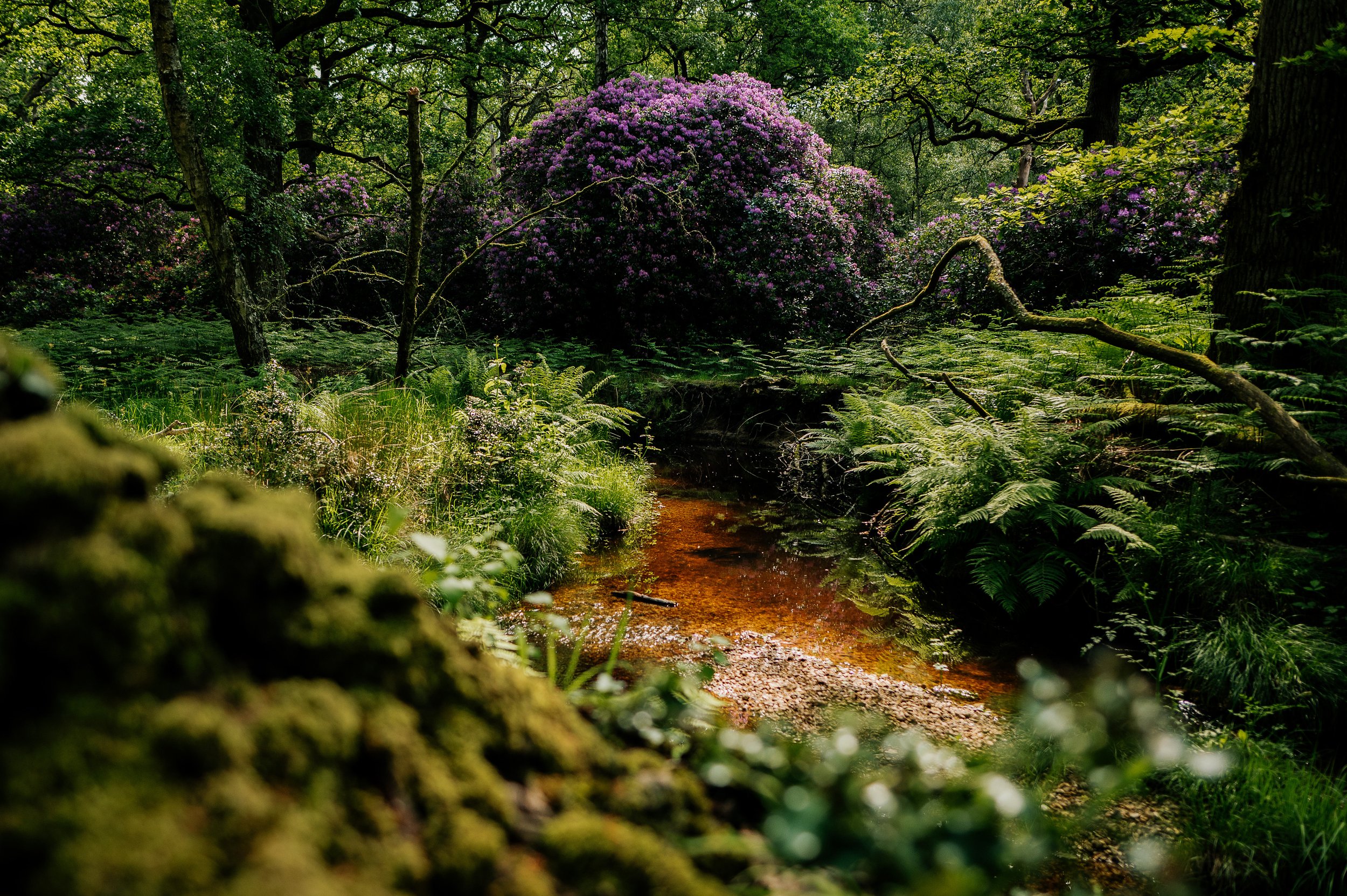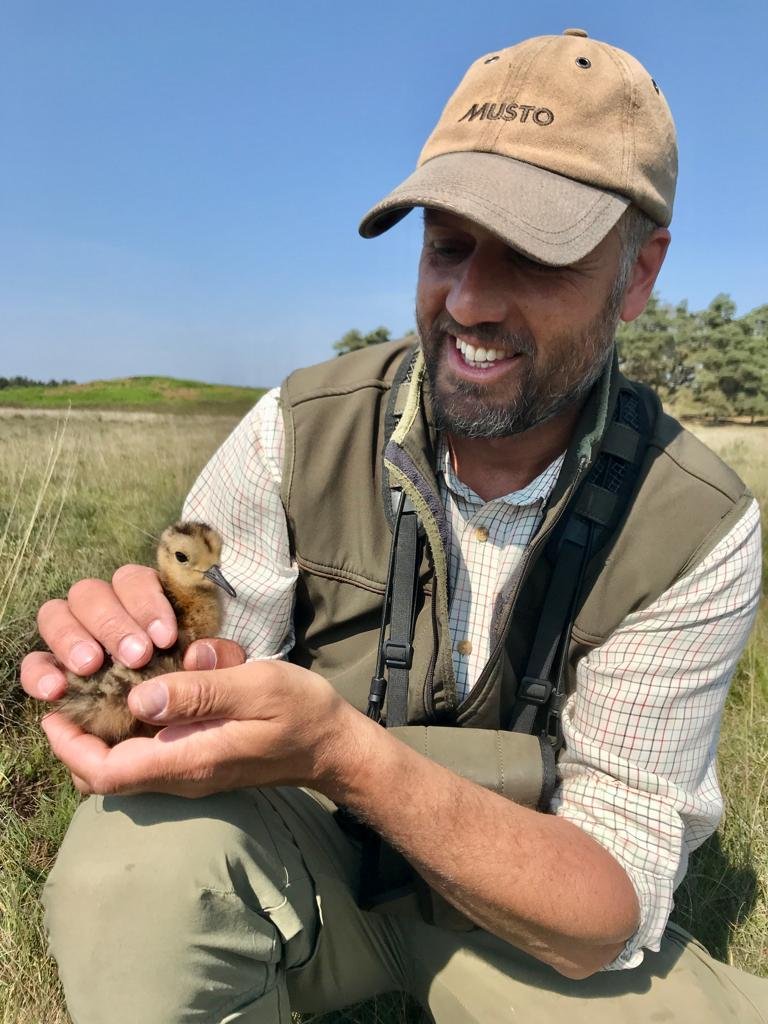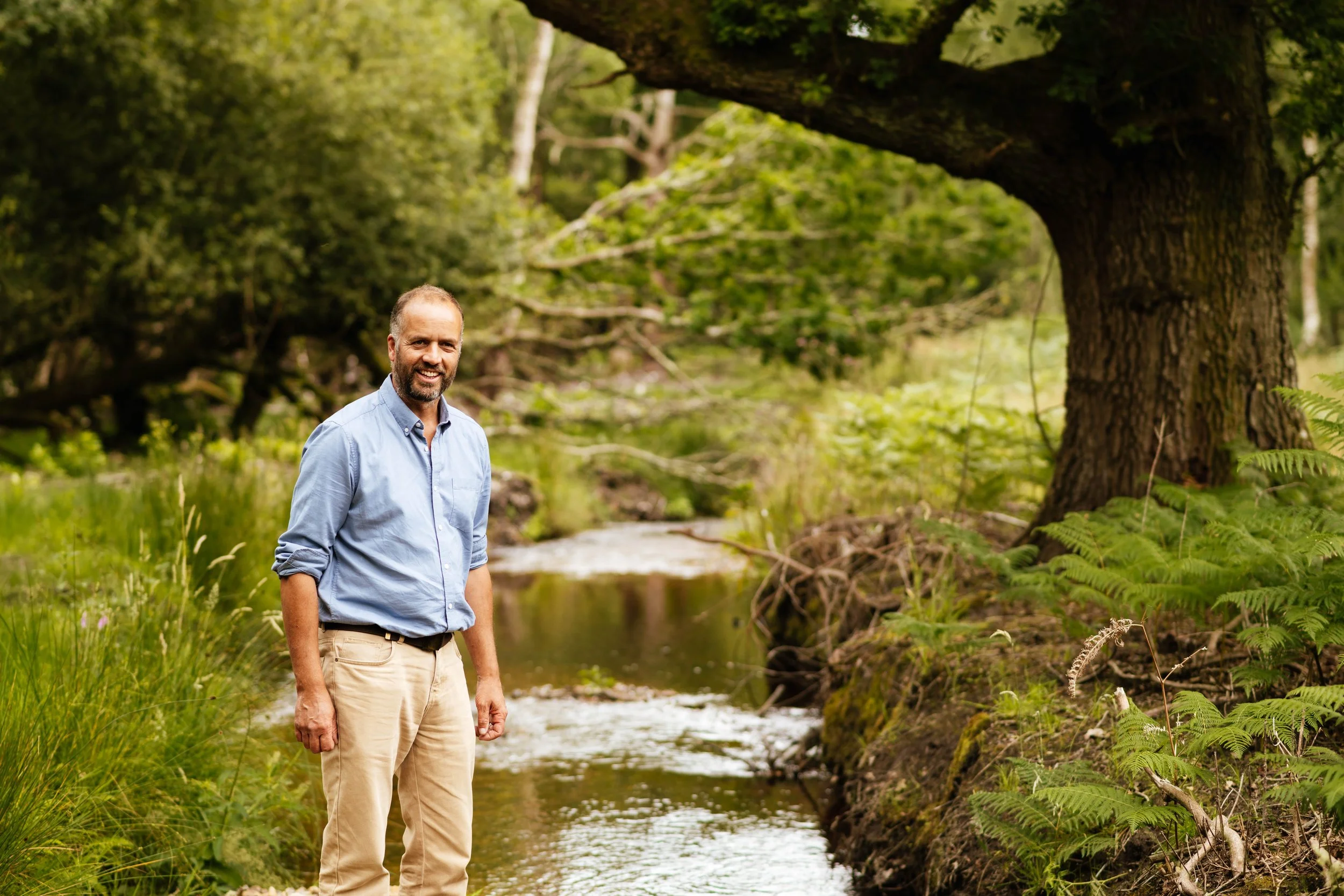
A focus on natural capital
Conservation as a priority…
We have a strong focus on conservation at Bisterne. Roughly half the estate sits within the New Forest National Park; other parts include the river Avon water meadows, designated both Sites of Scientific Interest and Special Protection Areas. We undertake an abundance of conservation work which includes nationally recognised species’ recovery projects, predator control, and biodiversity and habitat enhancement. In the last year alone our head keeper and conservationist Rupert Brewer was recently invited to the Highgrove Curlew Summit, featured in the first edition of the GWCT’s Working Conservationist Magazine, and was previously awarded a “Highly Commended” prize in the 2019 Purdey Awards for Game and Conservation. Work continues apace!
Species recovery projects…
Estate staff were heavily involved in the LIFE Waders for Real wader recovery project alongside the GWCT, with a focus on protecting lapwings and redshanks. Between 2015 and 2023 we were able to increase lapwing numbers by 72%, and redshanks by 250%, across our stretch of the Avon water meadows. Both species were tagged, which demonstrated through data that astonishingly, groups of small chicks happily swam the river Avon. Through colour ringing, we have also seen that some birds have gone on to breed elsewhere, notably lapwing in the Thames basin, and redshank along the coastal salt marsh as far afield as the Bristol channel.
Wider work…
We work on several other conservation projects at Bisterne: deer impact assessments, national Woodcock Surveys, winter woodcock catching, GPS tracking of Curlew (one of several PhD studies), monitoring barn owl and kestrel boxes, working alongside the White Tailed Sea Eagle project on the Isle of Wight, and geo-tagging redshank to monitor breeding patterns and migratory habits. We are also part of the Avon Valley Farmer Cluster, which brings together groups of farmers along the Avon Valley, and estate owner Hallam is a Director at the Environmental Farmers Group.
Biodiversity…
Almost the entire estate is covered by Countryside Stewardship or Sustainable Farming Incentive work, and we are actively engaging with the biodiversity net gain market. We regularly audit our natural capital: in early 2024 alone we counted 122 different species of bird and 251 moths. We have recently started a water vole reintroduction project, which has seen the recovery of a thriving population in the Lower Avon Valley where they had been largely absent for over a decade.



